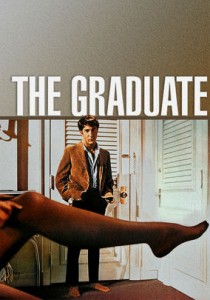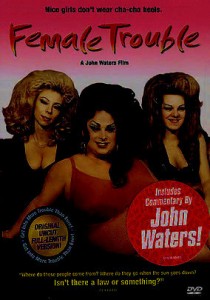The Naked Gun-2025
Director Akiva Schaffer
Starring Liam Neeson, Pamela Anderson
Scott’s Review #1,501
Reviewed November 20, 2025
Grade: B-
With different levels of cinema for audiences to choose from, The Naked Gun (2025), a reboot of a long-dormant franchise, is meant for a particular spoof comedy fan who expects goofiness over a heavy subject matter.
It’s not The Godfather (1972), 2001: A Space Odyssey (1968), or Vertigo (1958), and pondering a more profound meaning or luxuriating in great visual art will not happen.
Instead, for some tepid chuckles and escapist fare from a rough day at work or a family matter one is hoping to run away from, director Akiva Schaffer crafts a smirky one-liner riddled experience in lunacy.
The fourth in The Naked Gun franchise, and the first in over 30 years, the plot follows the son (Liam Neeson) of Lt. Frank Drebin, also named Frank Drebin, as he steps into his father’s footsteps to prevent the closure of Police Squad.
Fans know that Leslie Nielsen played bumbling Frank senior in the first three installments, while George Kennedy played his sidekick, Captain Ed Hocken. Priscilla Presley played love interest Jane Spencer.
Essentially, Nielsen is replaced by Neeson, Kennedy by Paul Walter Heiser, and Jane by Pamela Anderson.
Preseley does quickly appear in a cameo (if you could even call it that), sitting on a sofa watching television.
While it is familiar territory to someone like me, who has seen only one other in the series and barely remembers it, the pattern is very one-note and more of a retro greatest hits compilation than anything new and noteworthy.
If we’re talking the 1980s, think Police Academy for a similar reference, and there is little reason I see to dust the franchise off the shelf.
We meet the new Lieutenant Frank Drebin Jr. of the LAPD Police Squad, who single-handedly dispatches a gang of bank robbers while disguised as a schoolgirl.
The fact that he morphs from a 3-foot-tall girl into a 6-foot-tall grown man is expected to be plausible.
Unbeknownst to Drebin, the bank heist is a distraction to steal a gadget called the “P.L.O.T. (“Primordial Law Of Toughness”) Device” from a safe deposit box by the film’s villain Richard Cane (Danny Huston), who is intent on reverting the human race to primal animals who kill each other.
This is to make sure that the world’s billionaires are safe to rule the planet.
The audience is not expected to wonder who will be left to serve the billionaires, or otherwise do the world’s grunt work.
The fewer plot points asked, the better.
Predictably, hard-edged Police Chief Davis (CCH Pounder) reassigns Frank when his over-the-top law enforcement becomes a legal liability.
From there, we watch Drebin eat bad food, have diarrhea, and suffer further embarrassments while working alongside Beth Davenport (Anderson), a crime novelist, to figure out why her brother died in a car accident deemed a suicide.
It’s hard to believe Neeson is the same actor who received an Oscar nomination for playing Oskar Schindler in the 1993 masterpiece Schindler’s List.
Still, shifting to an action star in 2008 proves that some actors accept projects to stay relevant.
While the plot is inane and easy to dissect with over-the-top plot points, overacting, and silly potty jokes, it can almost be overlooked for simple moments that bring a sliver of joy.
The chemistry between Neeson and Anderson is not bad, mainly because the actors know how to create it. As they banter and deliver monotone dialogue, the woodenness actually becomes an asset.
The scenes that made me smile were solely between the duo as they embraced the lines served to them to the best of their ability. Creating enough comic wit to remain entertaining, I clamored for more between the two and less of the ridiculousness of everything else.
Neeson and Anderson are the saving grace in an otherwise shit show.
The Naked Gun (2025) knows what kind of film it is, which helps level-set expectations. There is something refreshingly silly about anticipating a bad movie and having fun with it nonetheless.
























